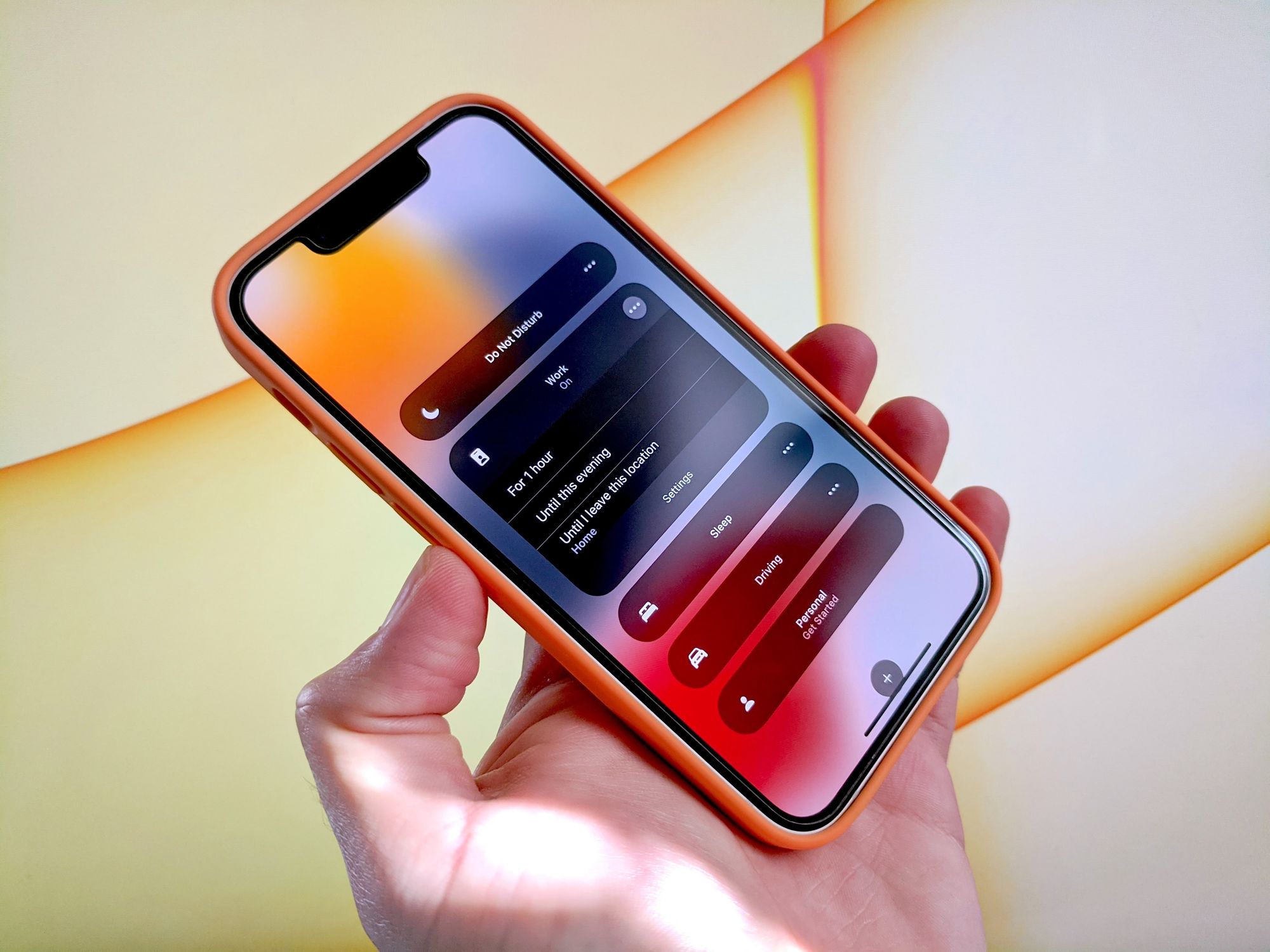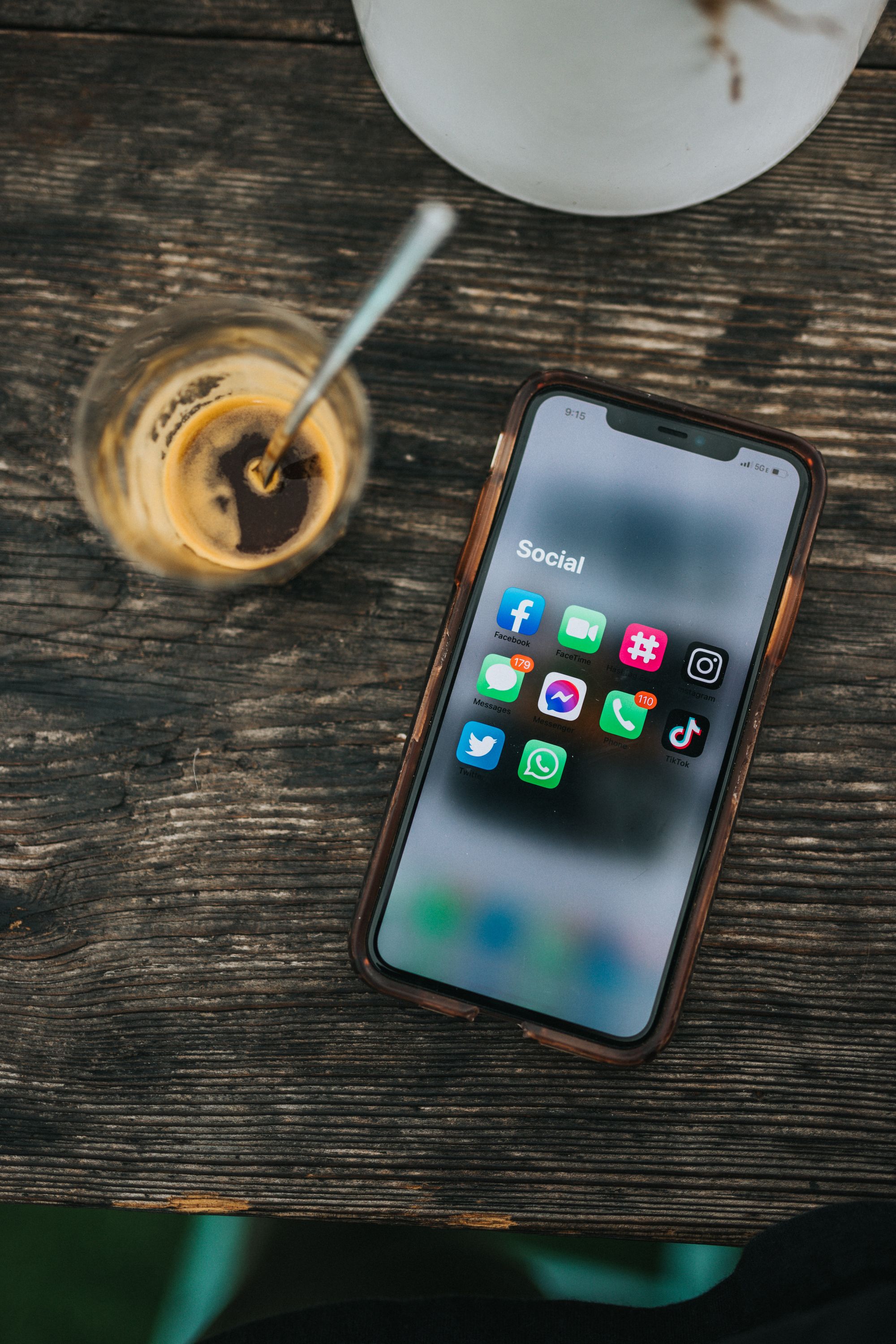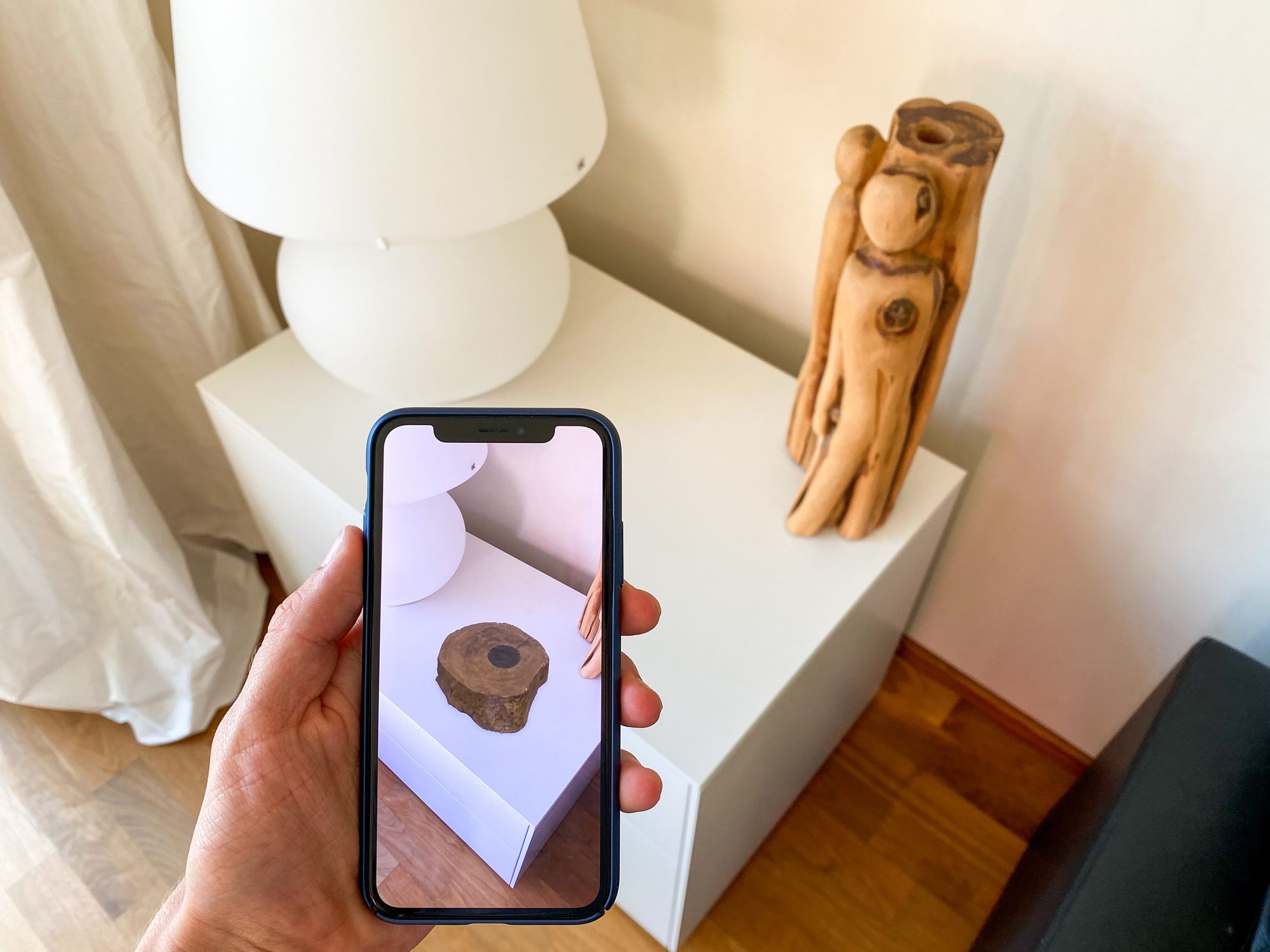3 features that Apple should introduce in iOS 16

iPhone users and Android users are no strangers to sparring. For over a decade, proponents of each operating system have espoused the value of their chosen system – often denouncing the other for perceived failings.
The battles continue to this day. Whether it's the inability to sideload onto iOS, which to an Android fan can seem needlessly restrictive, or Android's apparent inability to come up with a meaningful iMessage alternative (where is RCS, anyway?)
Despite the healthy debates between the user bases, the two operating systems owe a lot to one another. Android – still by far the most popular mobile OS in the world – didn't really manage to take the requisite step up in terms of user experience until it began to emulate some of the early iOS layouts and features. In recent years, Apple has 'borrowed' heavily from the Android system. Android introduced gesture navigations in the Pixel series before iOS came to the party. The Pixels also pioneered transformative night mode camera functionality first. When it comes to things like 120hz refresh rates, Samsung and others have been boxing off that particular feature for years before it got introduced on the iPhone 14 Pro and Pro Max lines.
With so much emulation, I thought it might be nice to think slightly outside the box. What three things could Apple introduce into iOS that would not just be new, but also useful?

- Focus Modes (and then some)
Although not exactly 'new', I'm not aware of anyone else on the market currently doing this.
BlackBerry 10 allowed users to meaningfully switch between their work and personal lives on one device. In recent updates, iOS has introduced Focus Modes to allow users to choose which notifications they'd like to see, which apps they'd like to be able to use, and even customise their home screen to some extent.
I'd like to see this extended. As someone who has carried two iPhones for the last five years (one personal, one for work) it would be fantastic to see true dual-SIM support. Sure, there's workarounds and ways to get dual-SIM set up on an iPhone, but these remain convuluted and largely inaccessible to the average user.
I'd like to see the iPhone support two SIMs, with the ability to allocate a function to each eg. work and personal. This could then integrate with Focus modes, to easily allow one SIM (let's say the work SIM) to be meaningfully silenced outside of work hours.
It would also be fantastic if apps could then support these consistently, allowing you for example to access work and personal SMS and iMessages in the Messages app, or to simply see one or the other if you chose.
Throw in some wallpapers and appearance settings that could adapt as you hop between work and personal modes (think Sleep Focus and Dark Mode as a current example) and you could implement truly powerful Focus Modes.

2. Combined Contacts
We communicate with our friends and colleagues on more and more platforms each year, particularly post-pandemic. I can think of friends at work for whom I have both their work and personal numbers. I speak to them on Messages, individually and in group chats, on Microsoft Teams, WhatsApp, Signal etc. And I do all of that on more than one device.
The iPhone already knows who this contact is, but the communication summaries & notifications are generally left to the individual app being used for communication.
I'd love to see a kind of Combined Contact feature added into the Contacts App. A bit like Launch Pad on MacOS, you could launch a contact from your home screen and see a host of options.
For example, I tap "Friend 1" and get options like:
- Send iMessage
- Send WhatsApp
- Send Signal
- Call via Phone
- Call on Teams
- Call on WhatsApp
- See Fitness Data (Apple Watch friends)
I could then also see when I last contacted that person – on any app – and perhaps a shared Media Library across different apps. It would be great to see some stats and data out of this, eg. how many messages exchanged in the last 30 days, time spent on calls together etc.

3. Enhanced Augmented Reality
Everyone's talking about the Metaverse these days, since Mark Zuckerberg announced it with his creepy launch video. Whether it really becomes the reality alternative he envisions remains to be seen, but in the mean time, there are plenty of ways in which ever-improving augmented reality features could be baked into iOS.
Apple's new M1 range really continues to push the boundaries of processing power in compact devices, especially with the recent launch of the M1 Max and M1 Ultra. Whilst the M1 chip has yet to debut in an iPhone, it's already in recent iPad Pros. Combining LIDAR scanners with the graphic processing power of the M1 (or M2, M3) chips could allow the iPhone to do all sorts of genuinely useful things.
Curious to see what your house would look like with an extension? Just tap and add it onto photos and videos. Want to redecorate? Simply choose your paint and see it in situ with realistic lighting, shadowing etc. What about a new garden? See what the latest trends would look like in yours.
Of course, there are apps out there that do some of this. However, the barrier to entry so far seems to be down to usability. They're fiddly, messy around the edges and generally unreliable. A bit of Apple TLC on all of the above, and you could keep your traditional Camera app alongside a new Visualiser app.
Maybe I'm getting old, but I'd much rather see how things might realistically look if they were different in reality, rather than playing cards with my friends stylised as cartoons on a fictional space station.
And they definitely can look realistic. If M1 chips can run Unreal Engine 5, they can surely put shadows around an object having been given an opportunity to scan a room.
None of the above are likely to be deemed as sexy, marketable features. The buzzword around iOS updates in recent years has always been social. How can we talk to our friends more easily? What emojis can we add to the library? How can we watch Ted Lasso together?
That's all fair enough, but it's important to remember why the original iPhone changed mobile phones forever. We could already text our friends, we could already call them, and we could already take photos. The iPhone did it better. It did it seamlessly. And it did it in a way that anyone could pick up and adjust to in minutes.
Bringing that approach to the features I've outlined would, in my opinion, help to take the iPhone to the next level of usability and become a seamless companion in both work and personal life, begin to bring mass adoption to augmented reality technology and make our connections to others feel less scattered and tucked away in various apps.
All that being said, Foundation Season 2 is more important, so if all of Apple's combined effort has to go there I'm fine with that.

